‘Maharaja’ is a new experience in non-linear storytelling
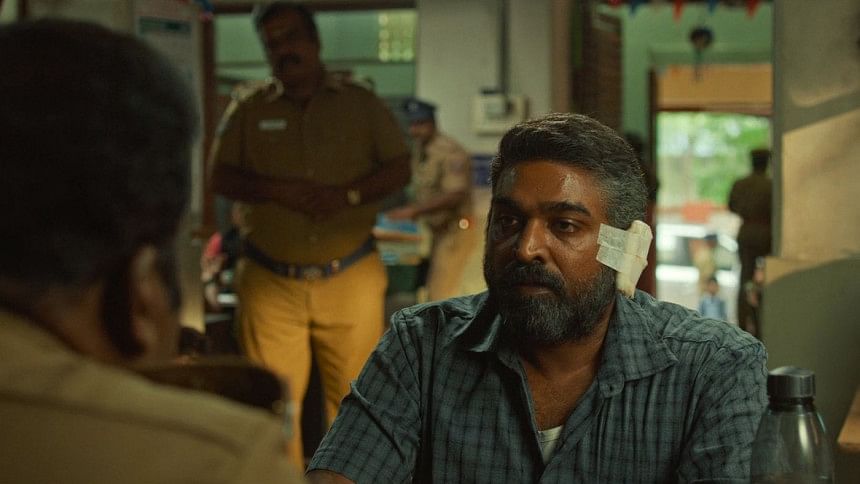
Nithilan Swaminathan's debut film, "Kurangu Bommai", released in 2017, introduced a unique style of storytelling centred around an abandoned bag full of money. Fast forward to 2024, and after seven years, the director presents his second film, "Maharaja". This piece is dedicated to that film. "Maharaja" hit theatres on June 14 and premiered globally on Netflix on July 12.
Before diving into a lengthy analysis, here's a quick trailer-like preview: This film marks Vijay Sethupathi's 50th venture and features Anurag Kashyap, a significant figure in independent filmmaking. The most crucial spoiler is that you must set aside all distractions, including your phone, to fully concentrate on this movie.
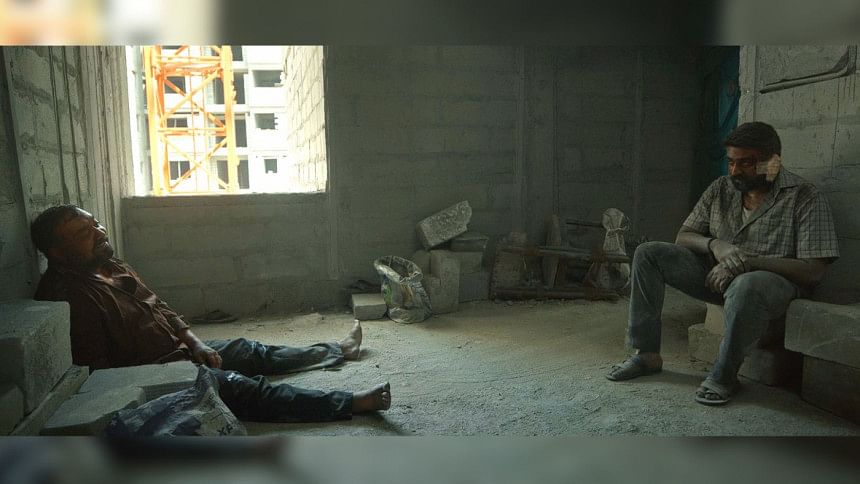
"Maharaja's" story begins with a shocking accident, which might seem like a typical opening. The narrative then takes a few more minutes to introduce the protagonist, Maharaja, a barber who is also a devoted father. His daughter, Manju, narrates their everyday life, portraying a vulnerable father, a common hook in modern Indian cinema. The Maharaja-Manju family includes a third member, Lakhsmi, a dustbin that suddenly gets stolen. To recover the stolen dustbin, Maharaja files an FIR at the police station. This unusual complaint leads to a mystery that transforms the film into a crime thriller.
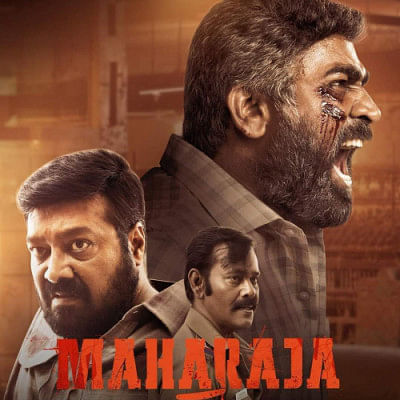
Nithilan expertly lays the foundation of familial bonds and emotions through the characters in the first half, showcasing his remarkable ability to evoke human emotions. The character of Maharaja is vividly brought to life by Makkal Selvan's (Vijay Sethupathi) impressive mannerisms and attitude.
The first half is well-paced, featuring unexpected twists that build up to the interval, leaving the audience eagerly anticipating the second half. Nithilan truly shines in the latter half, packed with even more twists and surprises, proving that the first half was merely a prelude. His brilliance extends to creating a heroic persona for a non-human object, a talent evident in his debut film. Transforming a simple, dirty dustbin (Lakshmi) into the core object of the show is remarkable.
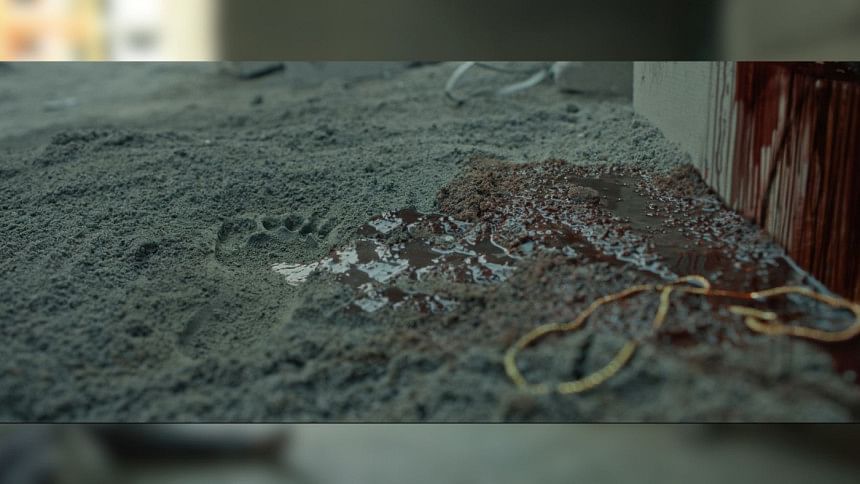
The storyline is simply outstanding. The director's storytelling technique is exceptional, crafting a narrative that keeps everyone in suspense. The plot twists and turns are impeccably timed, causing the audience to question everything they believe. The story's depth, along with its exhilarating pace, ensures that there is never a dull moment.
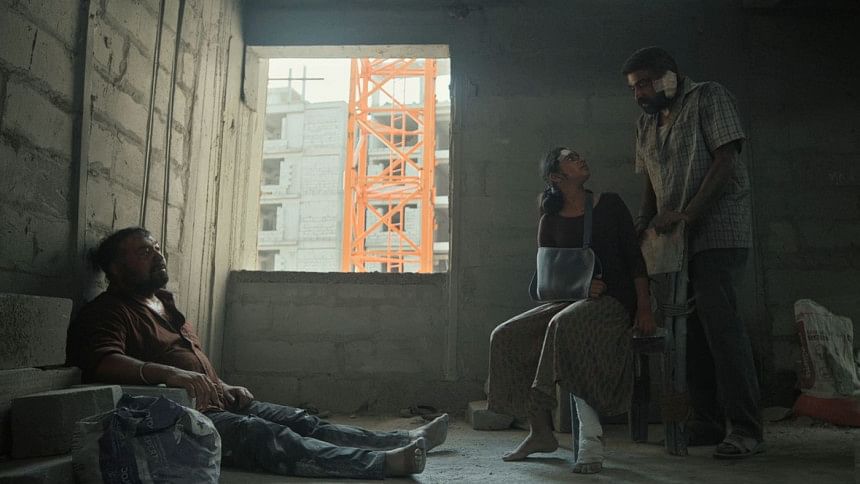
The screenplay of this film seamlessly incorporates highly relevant material. We witness the political reality of the subcontinent through dialogues like "People who don't have education become the mafias" and "If someone is paying Rs 7 lacs for a dustbin, it means he has millions to hide." These lines resonate, especially with us Bangladeshis, who can relate to recent scandals ('Goat Scandal' etc). The "Use me" label on the bucket carries significance, especially when we recall that the bucket saved the child. The story brims with humour, struggle, and many familiar elements. It presents a surprising character—a barber with a simple, uneventful life who saves money for his daughter's education and sacrifices everything for her schooling. The PT teacher, Asifa, is a character we all remember fondly from our school days.
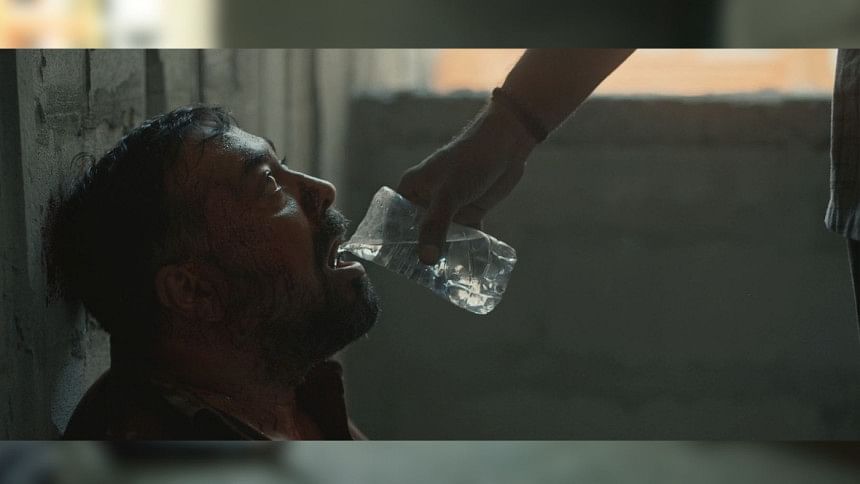
The film introduces fresh concepts in action scenes, such as hitting someone while covering heads and chopping heads while escaping on a bike. These shots are innovative. The transition from action drama to emotional reality is so poignant that viewers will feel a profound shift. This film could have been an ordinary thriller, but it has become a super hit on both OTT platforms and in theatres. The non-linear storytelling and complex scene connections make it remarkable.
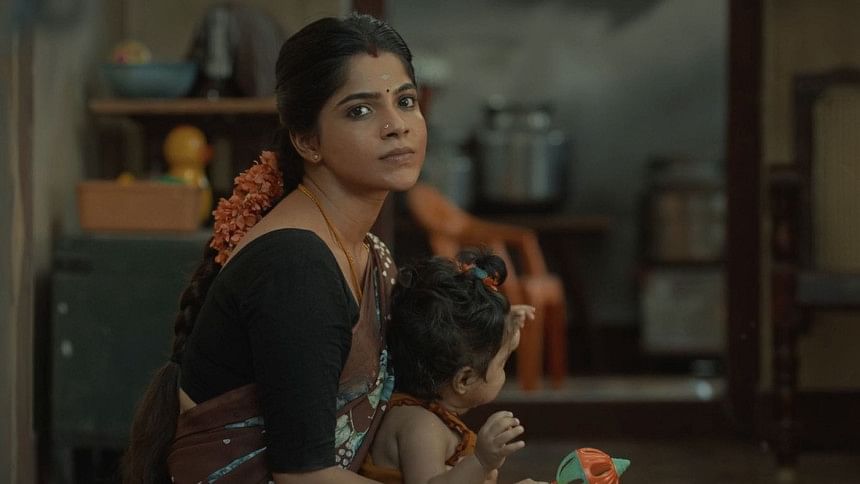
You'll find yourself questioning why someone would be so desperate for an old dustbin, even though Maharaja provides ample justification. This question takes on new dimensions when a police officer suggests that finding the dustbin wasn't Maharaja's true intention. In the end, you realise that the dustbin (Lakshmi) wasn't that important, but by then, you're already engrossed in the film, trying to piece together the puzzles involving Selvam's role, his demeanour, and his origins, as well as the different appearances of the dustbin Lakshmi in various locations. What an edit of the cinema! Must mention editor Philomin; tremendous job done by him. The edit is the heart of this cinema. That non-linear rough cut has made this cinema a brainstorming experience.
"Maharaja" is not a flawless film. The slapping sounds, awkward lip-sync in dubbing, and low-quality Hindi dubbing are quite noticeable. The numerous plot twists and non-linear storytelling might need to be clarified for some. The appearance of snakes and Maharaja's unrealistic physical power lack logic. The portrayal of Indian police taking bribes and harassing people, yet standing against rape, introduces a new narrative of good police officers in Indian cinema (like in "Lapaata Ladies"), which raises questions. Selvam's different sentence duration mentioned in different dialogues is notable too. The hand-to-hand combat in action scenes is somewhat clumsy.
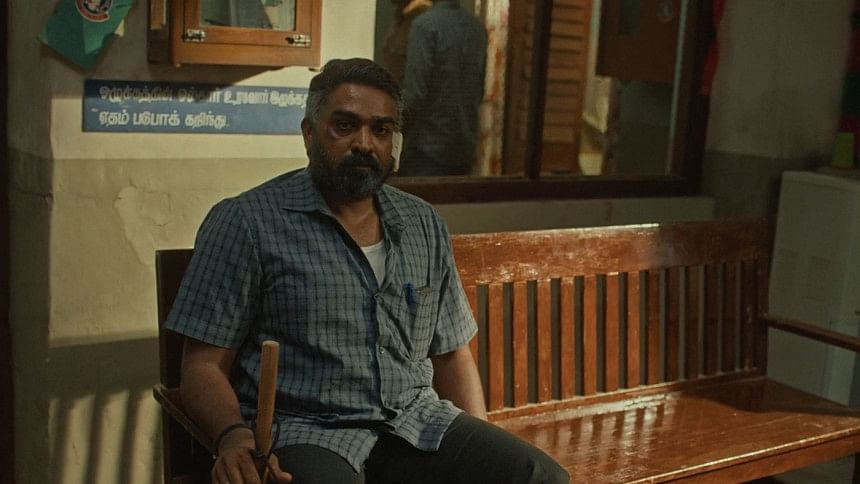
The film doesn't feature any lip-sync songs or background songs, but it excels with its background music. The suspense score, dominated by jazz music, leaves a lasting impact. Selvam's entry music, Sabari's death, and the post-death music scenes are well-executed. Despite the brutally emotional ending, the final scenes are not filled with cold, emotional ordinaries; instead, they deliver a high-energy rhythm that captivates the audience.
The cinematography in the film is mostly wide-frame inclusive; even a single person's frames are wide too. Most of the scenes involve multiple characters, so they had to use wide frames. Close shots were captivating. They didn't rely on handheld shots to convey restlessness. They made significant choices in the action scenes to avoid unrealistic shots. For instance, when Maharaja was hitting Selvam with a metal rod, there were two shots: first, his approach to hit, and then Selvam's suffering from the hit. I guess they used some 50 mm lenses for those shots. Interestingly, Nithilan employed five cinematographers for the cinematography.
Vijay Sethupathi's portrayal of Maharaja was a tour de force. He brought complexity and intensity to his character, making it both compelling and relatable. His ability to convey a wide range of emotions—anger, sorrow, joy, and fear—was simply outstanding.
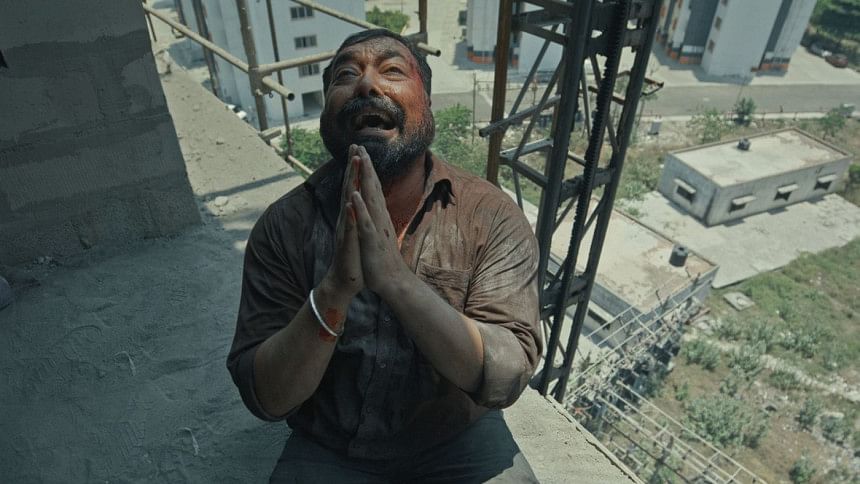
Anurag Kashyap as Selvam took the audience on a rollercoaster ride. As the antagonist, Kashyap stole the show. Though his emotional appearance while getting arrested was not up to the mark, he somehow made up for it in the ending.
With limited screen time, Sachana delivered an impressive performance as Jyothi, Maharaja's daughter.
School Miss Asifa, though with little screen time, was a very important part of the cinema. Mamta Mohandas deserves appreciation for her portrayal.
Abhirami, Natarajan, and Vinod Sagar also deserve commendation.
The direction was impeccable. The way the story unfolded was a testament to the director's vision and skill. This movie is not just a film; it's an experience. It's a testament to what cinema can achieve when storytelling, acting, and technical prowess come together.

 For all latest news, follow The Daily Star's Google News channel.
For all latest news, follow The Daily Star's Google News channel. 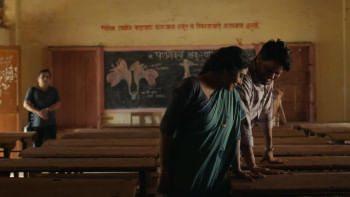









Comments